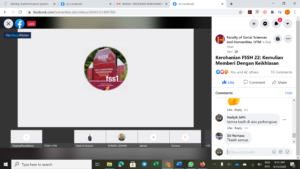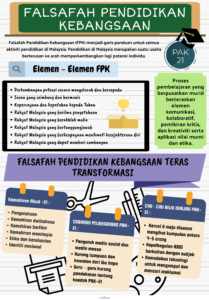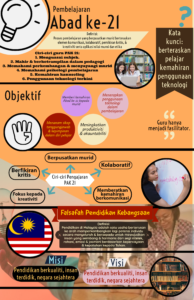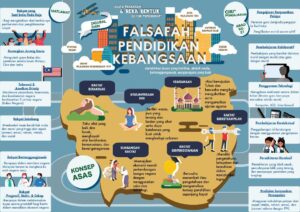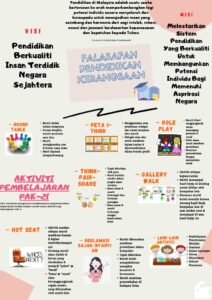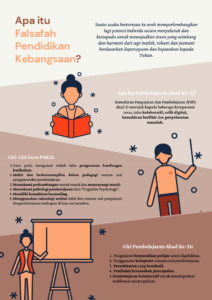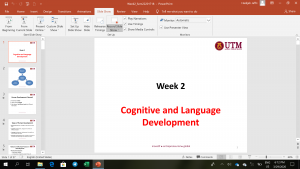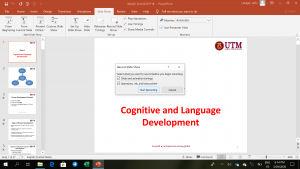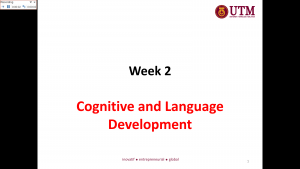Someone asked me if I was Pak Hasan’s student. Pak Hasan is a nickname that we (his students) fondly use to call him. His real name is Hasan Langgulung. He passed away in 2008. Al-fatihah.
When I was his student in 2003, he was already nearly 70. He used to go swimming before Zuhr with a colleague. I used to see him waiting with his sport bag nearby the car park of IIUM Kulliyyah of Education (now it is known as Institute of Education or INSTED).
What I vividly remember until now is, there were six of us taking his Personality Psychology class. Each of us had to present three times. Yup. With only six students in a class, what do you expect? Our presentation would be based on either article review or our thoughts on Western and Islamic views of Personality. For the Islamic views, we have to pour over the Holy Qur’an and such. Of course, there is no direct comparison between theories by the western scholars with Islamic scholars like Al-Ghazali. But, it prompted us to think critically. Talk about HOTs and whatsnot. Well, it has been practiced long time ago before OBE and whatsnot.
Another thing that I remember well is there would be one of us who would go to his room before class and this person would walk with Pak Hassan to class. While walking, this person would have the privilege to have a chat with Pak Hassan. Normally, the male students would do it. Or if we wanted to do it, there would be two of us female students who would “on a pretext of having something-to-discuss-with-you” go to his room and walk with him to class after our discussion. Such a precious moment! Of course, we could not do that with other lecturers but with him, he is like a father who we could discuss about intellectual stuff.
Calling him Pak Hasan rather than Professor (even though his official salutary title is Professor) shows the kind of relationship that we had as student-teacher. Oh how I miss those moments! Do I wish that I could have such relationship with my own students? That is a question that I do not have any answer yet.
